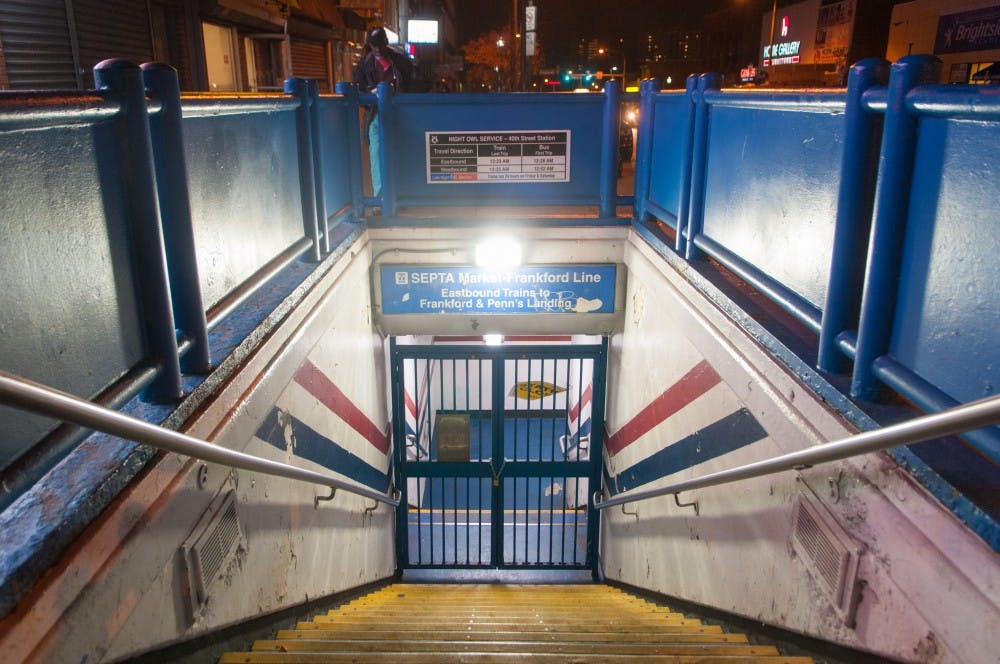The SEPTA strike, which occurred over seven days at the beginning of November and ruined many a routine commute also made the city’s air far more polluted, a Philadelphia Department of Public Health report determined last week.
The strike began on Nov. 1 after workers from the Transport Workers Union Local 234 failed to reach an agreement with SEPTA over a new contract. The Market-Frankford and Broad Street lines, the two flagship subway routes operated by SEPTA, both shut down. Over 5,000 workers left their posts, affecting more than 400,000 riders.
The two sides reached an agreement on Nov. 7, ending the strike.
Air Management Services, a division of the Department of Public Health, regularly measures the concentration of fine particulate matter, or “tiny particles of dust, chemical compounds, soot and other material that float in the air,” as a key indicator for the level of pollution. During the strike, the amount quadrupled due to commuters relying more on automobiles instead of public transportation, the report found.
“This pollution can have serious short and long term health effects, including respiratory problems, heart disease, higher risk of heart attacks, and aggravation of asthma,” the Department of Public Health said in a statement.
The average hourly emissions released during an average weekday of the strike were close to double the National Ambient Air Quality Standards’ acceptable limit.









